Pianist Gabriela Glapska performs a programme of music from Aotearoa, Hungary, Latvia, the Czech Republic, Australia, Japan, Serbia, and Taiwan.
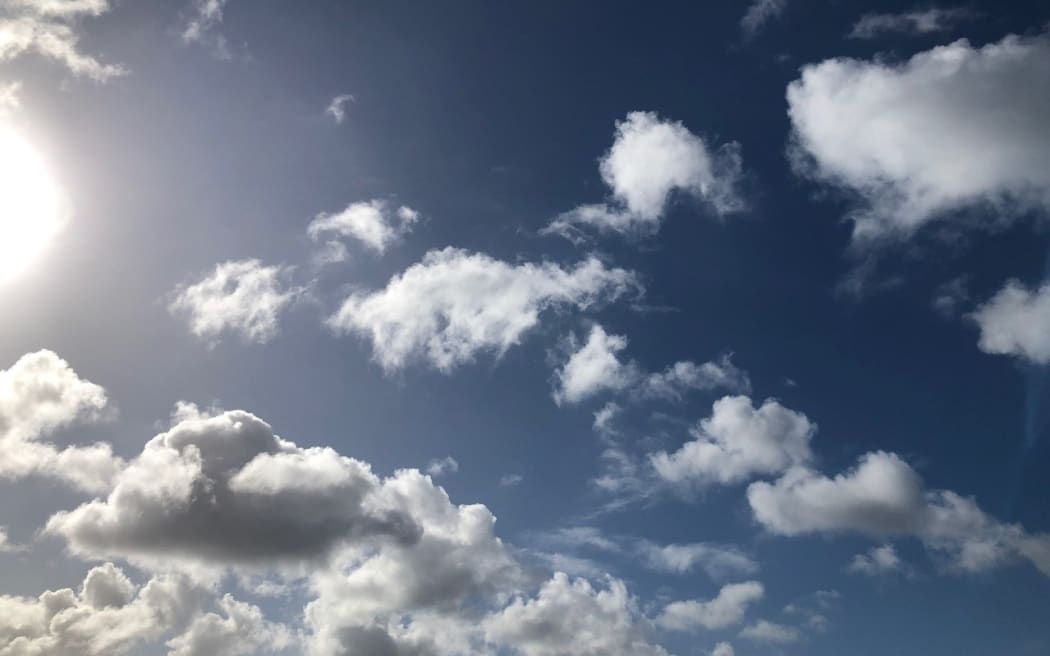
Photo: Glenda Keam
‘Tiraki’, the concert title, is a te reo Māori word which refers to a clear sky.
This concert is one of the World New Music Days festival concerts presented by the Composers Association of New Zealand and the ISCM, the International Society for Contemporary Music. The festival is normally held annually but the pandemic put a major interruption to that. New Zealand was to host the 2020 festival – that got cancelled. Beijing was to hold the 2021 festival – that got cancelled. New Zealand got a second chance in 2022.
Glenda Keam, the President of the ISCM and Director of the World New Music Days series of concerts speaks to Tim Dodd:

Gabriela Glapska Photo: Tabitha Arthur Photography
Gabriela Glapska, originally from Poland is now based in Wellington where she’s busy as a rehearsal pianist for the Royal New Zealand Ballet and Wellington Opera. She performs with STROMA and the SMP Ensemble and with violinist Monique Lapins and cellist Ken Ichinose as the Ghost Trio. She has a strong interest in contemporary music.
András Gábor VIRÁGH: Les visages de la lune
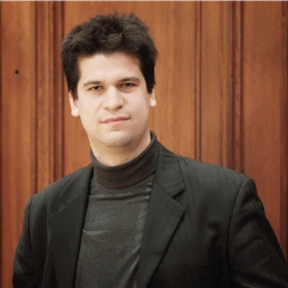
András Gábor Virágh Photo: supplied
Virágh is the organist at St Stephen’s Cathedral in Budapest and assistant professor a the Liszt Academy. Gabriela Glapska plays three movements from his suite Les visages de la lune, “the Faces of the Moon”.
Celeste ORAM: $cher.zo
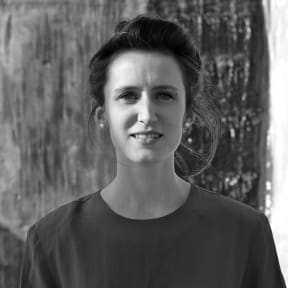
Celeste Oram. Photo: Supplied
This piece was commissioned by Stephen De Pledge for his New Zealand Partita project – he had seven composers write a work each in response to the seven movements of Bach’s Keyboard Partita No 3. Celeste’s movement was the Scherzo and she’s based her music on a transcription of horse racing odds recited on TAB Trackside Radio.
The transcription starts:
“quinella eleven seventy trifecta forty-seven forty
one eleven three and eight with Venetian Beauty for a first four
of a hundred and fifty-eight sixty two minutes out ...”
... and so on.
In the pauses in the music, Glapska turns her head slowly from left to right as if watching the running of the race.
Laura GUSTOVSKA: Silk
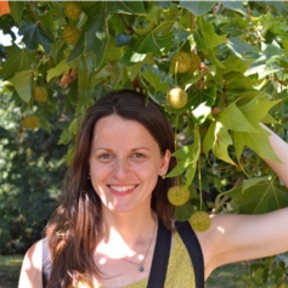
Laura Gustovska Photo: supplied
Latvian composer Laura Gustovska started her musical education on the kokle, a Latvian instrument like a zither.
Her programme note for Silk is short: “Falling is the central gesture of this piece. It is both tough and light as silk. Although the heaviness of this process is evident, it can coexist freely with beauty and light.”
This work is played on a prepared piano with various objects placed on top of the strings.
Luboš MRKVIČKA: For Piano Part H
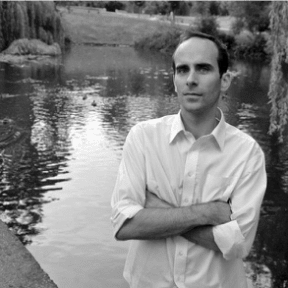
Luboš Mrkvička Photo: supplied
Czech composer Mrkvička claims that ever since he started composing, he has felt reluctant to give titles to his works. This is because although pieces will have significant differences, he feels that they are fundamentally doing the same thing all along. He says that he has “always tended to see all music as one thing, as something that in spite of its structural diversity is still the same in its essence."
This has led him to the decision to label his pieces by sequential letters. So in his series of pieces For Large Ensemble for example, he’s currently up to letter F. And in the case of piano solo, he’s written 14 pieces, so A through to N.
Stephen ADAMS: Piano in a field of recordings
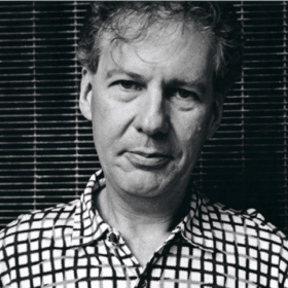
Stephen Adams Photo: supplied
Australian composer Stephen Adams writes: “Piano in a field of recordings is a gently humorous utopian musical fantasy of a space where disparate sonic and cultural worlds of the classical concert hall (in the form of that most iconic classical instrument, a grand piano) and the open-air sounds of the nonhuman world (in the form of a hidden chorus of frogs) can sing independently and yet in harmony, as if aware of and at peace with each other’s presence.”
The chorus of frogs comes from a collection of tiny speakers sitting on the floor around the piano.
Motoharu KAWASHIMA: Three Pieces from Action Music
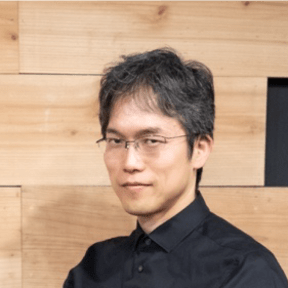
Motoharu Kawashima Photo: supplied
In the first titled ‘Adjacent Five Fingers’, the pianist plays clusters of five adjacent notes. The second consists of arpeggios of chords of all twelve tones. And the third takes its cue from the beginning of Tchaikovsky’s First Piano Concerto – the pianist plays sequences of two-handed chords in the low, middle and high registers of the piano.
Ana KAZIMIĆ: Auroriel
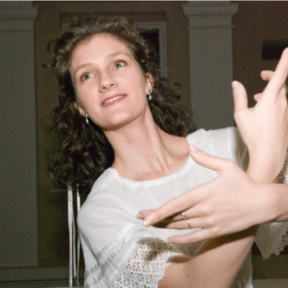
Ana Kazimić Photo: supplied
A work representing the Serbian Section of ISCM.
Creating the piece Auroriel, Ana was researching the synesthesia of romantic and impressionistic elements within her personal contemporary expression and within the form that contains traditional dramaturgical elements.
Tsu-Yao YANG: Diode IV
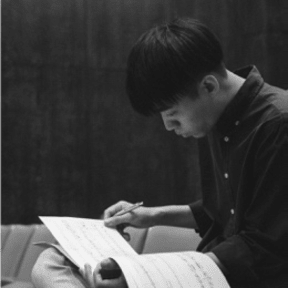
Tsu-Yao Yang Photo: supplied
Taiwanese composer Yang has taken inspiration from the electronic device to create a piece that explores movement of energy and musical density.
Michael NORRIS: Amato
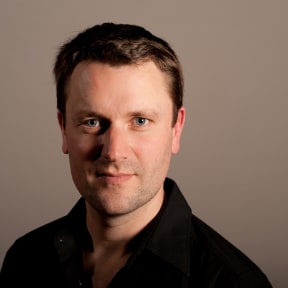
Photo: Provided
Norris writes: “Amato creates a space in which the full harmonic gamut – from the opening C major chord to dense tone-clusters – can be accommodated. The effect is that of a gradual ‘unfurling’, an ‘opening up’ of the piano’s acoustic resonances.”
He completes his programme note with a quote from Chilean poet Pablo Neruda: “Es tan corto el amor, y tan largo el olvido” ... “Love is so short and oblivion so long”.
Recorded by RNZ Concert, University of Auckland Music Theatre, 26 August 2022
Producer, engineer: Tim Dodd
Other World New Music Days concert recordings to comes:

